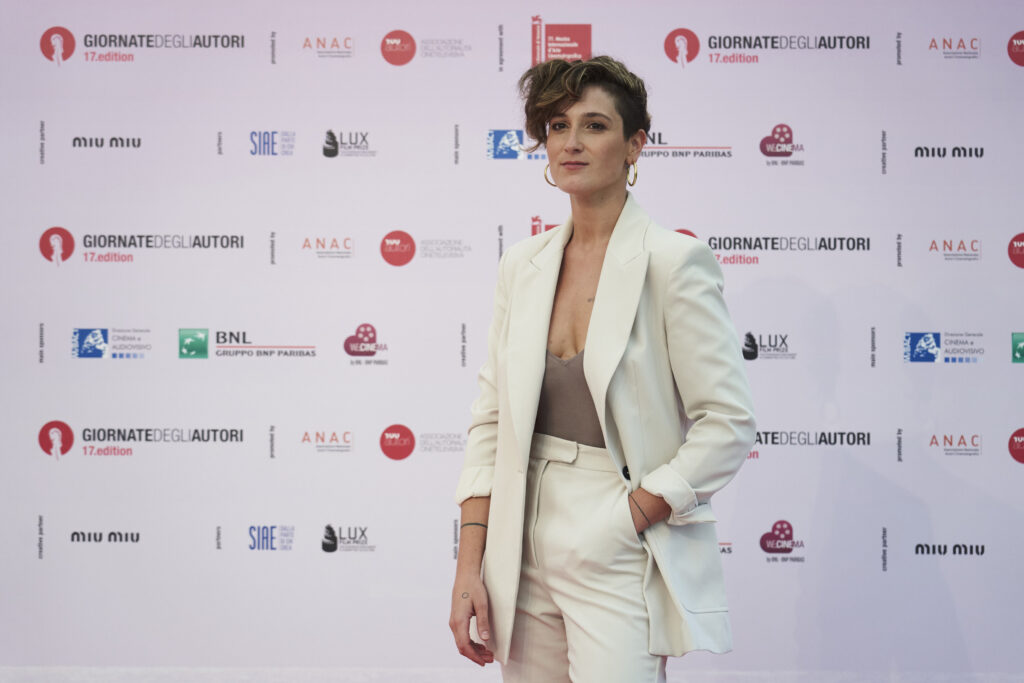Serena Vittorini is a visual artist based in Brussels. In 2020 she directed her first short-film ‘En ce moment’. Since it was aired at Pink Screens Festival, the movie was selected at the “Giornate degli Autori” of the Venice Film Festival and the BBC Longshots Film Festival in New York.
Next to that, Serena has showcased several exhibitions. Her current research practice incorporates photography, installation, audio and video to allow for a multi-layered interpretation.
We’ve met with Serena to discuss her work and next project ‘I built a wall’, which will be shown in 2023 at the MAAC gallery.
Tell us a bit about yourself. What has been your journey?
Mi chiamo Serena Vittorini e sono un’artista di origini italiane. I’ve been living in Brussels for two years now, I mainly work on corporate still life and portrait photography, and on personal projects thanks to the support of some institutions and galleries here in Belgium. My way of photographing has changed a lot over the years: during school I was very interested in portrait and reportage photography (which I name separate, although I think it’s useless not to talk about a mixture of styles). At the end of my studies I started to collaborate with a photographic studio in Rome that works on still life assignments for big food, jewellery and clothing brands. I’ve been collaborating with them for almost three years and I’m slowly realizing how much this has influenced me. I have always tried to maintain the attention to detail and precision that is typical of product photography and I have tried to use it outside the context of the studio. I realised my first projects immediately after my return to L’Aquila, my hometown in Italy which was hit by a violent earthquake in 2009 that destroyed a large part of it. At that moment I was reading a book by Sergio Givone on the philosophy of aesthetics, and taking inspiration from his writings I decided to focus my attention on objects and their symbolic meaning and still life was a perfect technique for that. So the project I did was to find objects used for renovation on construction sites, paint them white and photograph them on a white background, on the same street where I found them and with the lights of the street lamps. This choice is clearly an attempt to maintain contact with reality while giving those objects – and by extension the city – a new face. Also in another project I recently made “Dans mon souvenir c’était blanc” I had this need to de-contextualise the subjects to focus on their possible reading on several levels. This project was commissioned by a cultural center in Belgium. I had just arrived in this country and I had started to wonder what I could do, what it could represent for me in that moment. After some research I discovered the tragic story of the Bois du Cazier, which was a mine located in the small Belgian town of Marcinelle where many Italians migrants died after an explosion. I started to be more and more interested in that period, in the Italian emigration after the Second World War (which had also affected my family, in particular my grandfather) and I asked then for a collaboration with the museum that is now there, because I wanted to work also with the archive. I spent a lot of time looking for testimonies, anecdotes, stories, old photographs, documents, believing at the beginning that I was collecting material to create a historiographical work. But I was wrong. When I started producing images, I realized that I was also talking about myself.
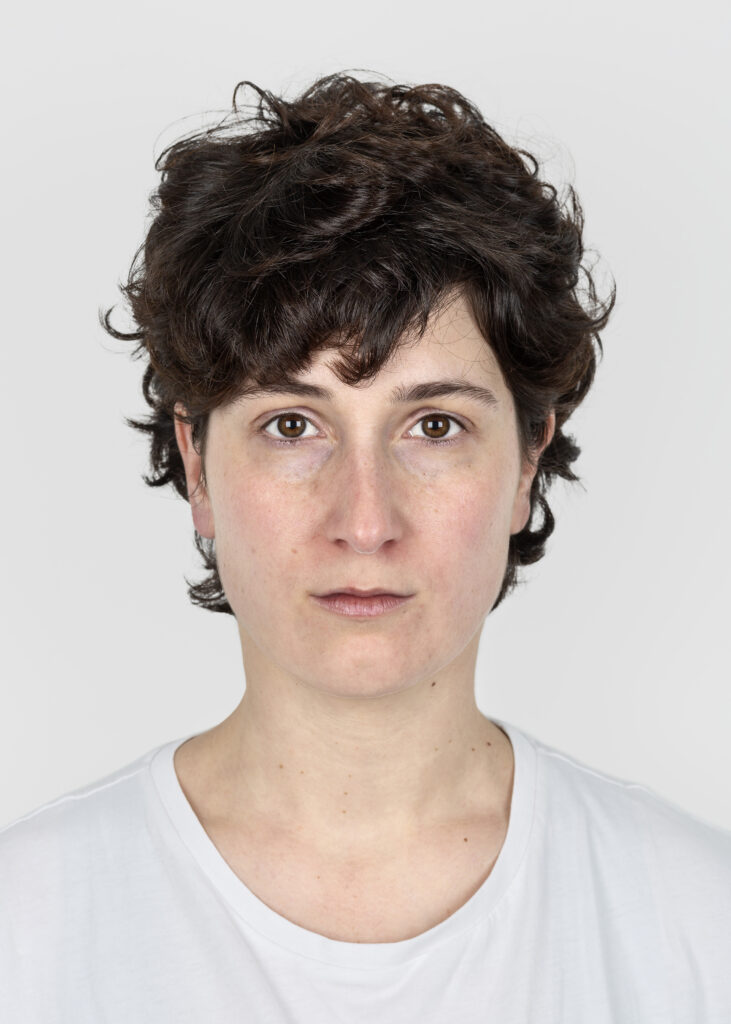

What came out, then, is a fiction project, between reality and fantasy. The story includes an imaginary character, the son of Italian emigrants, who lived in Italy until he was 10 years old and then moved to Belgium with his mother to follow his father.
I said that in the project I’m talking about myself because the memories of this character, narrated through an audio that I produced, are actually my very own memories, the memories of me as a child, or rather the small portion of memories that I was able to recover through a process of analysis, because I cannot remember about anything that happened before the age of 20.
I tried to merge imagination and truth and so I can say that the project is about a mix of autobiography and historiography used as instruments for the representation of realities made up of individual perspectives and collective conditioning.
I decided to talk to you briefly about past projects because I think there is a sort of continuity with the projects I am working on today, even if it could appear radically different visually speaking.
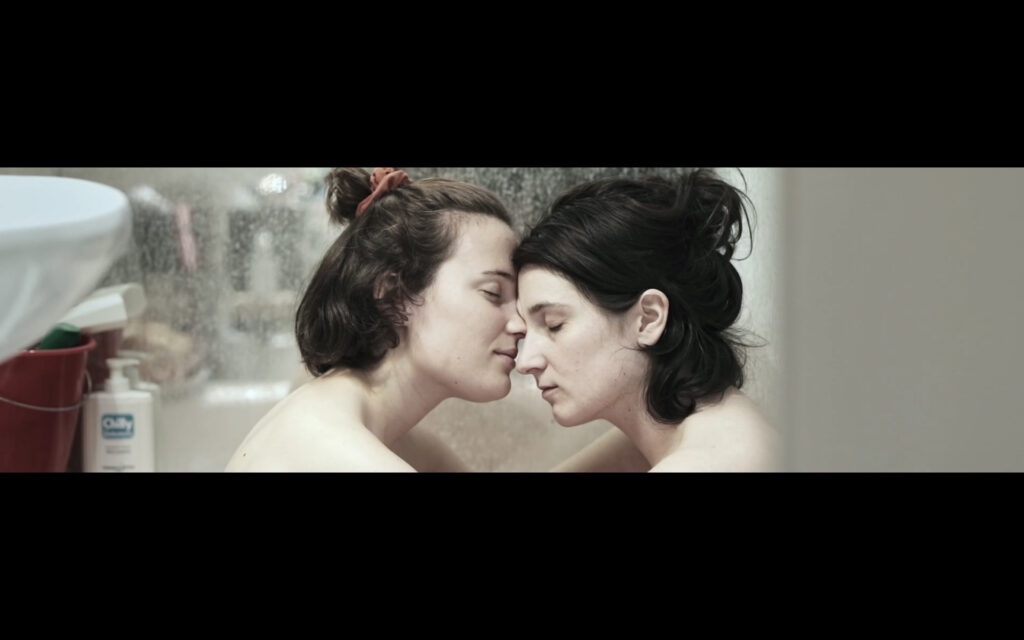
I have felt the need for some years now to get out of the world of photography and approach other artistic practices, photography today is no longer enough for me that’s why recently I have been working on projects focusing on the relationship between identity and memory, integrating in my research installations and audio works. In 2020 I directed my first short-film En ce moment, selected at the “Giornate degli Autori” of the Venice Film Festival and recently at the BBC Longshots Film Festival in New York.
What are your current or future projects?
At the moment I am concentrating on preparing the exhibition of my new project “I built a wall”, which will be shown in 2023 at the MAAC gallery. The project integrates photography, installation, video and audio and focuses on the psychological experience of people who have committed a crime. Specifically, the aim is to highlight the correlations between crime and the emotional dynamics developed during childhood. To what extent does our relational and emotional development influence the development of so-called deviant behaviour in adulthood? How much influence do our social environment or attachment systems have on the development of a breeding ground for breaking social codes? This project will try to provide points for reflection. The strength of the project lies in my personal involvement with this subject. Indeed in the past, I got convicted for an act of felony. This experience encouraged me to follow a therapeutic process of introspection, which is a crucial element of the artistic process. I began my research after my legal trial, in the course of which I found a 21-year-old document, a report of an examination of myself, written by a child neuro-psychiatrist.
The work takes shape in the link that I want to weave between photography and other artistic disciplines. Through the use of and intervention in various materials from the construction industry, I creates installations that constitute the representation of intimate experiences. All the materials are everyday materials used for the construction of the ‘house’, the central element of my narrative. I asked my father during this process to help me with the construction of the installations (the pillars, the door, the wall and all other materials in the pictures are objects created and modified by us).
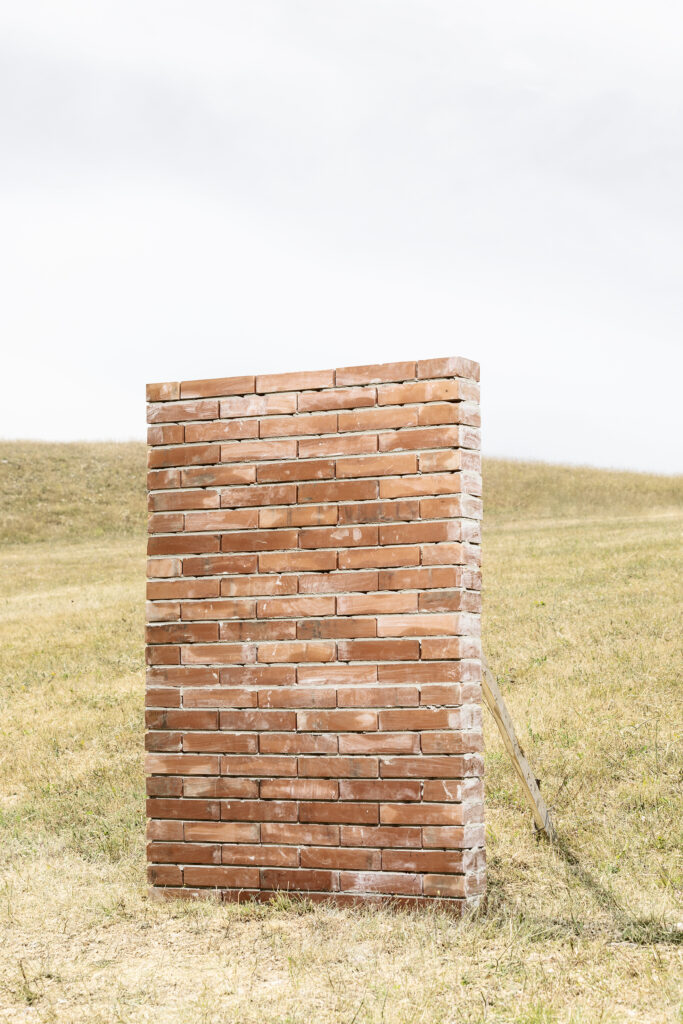
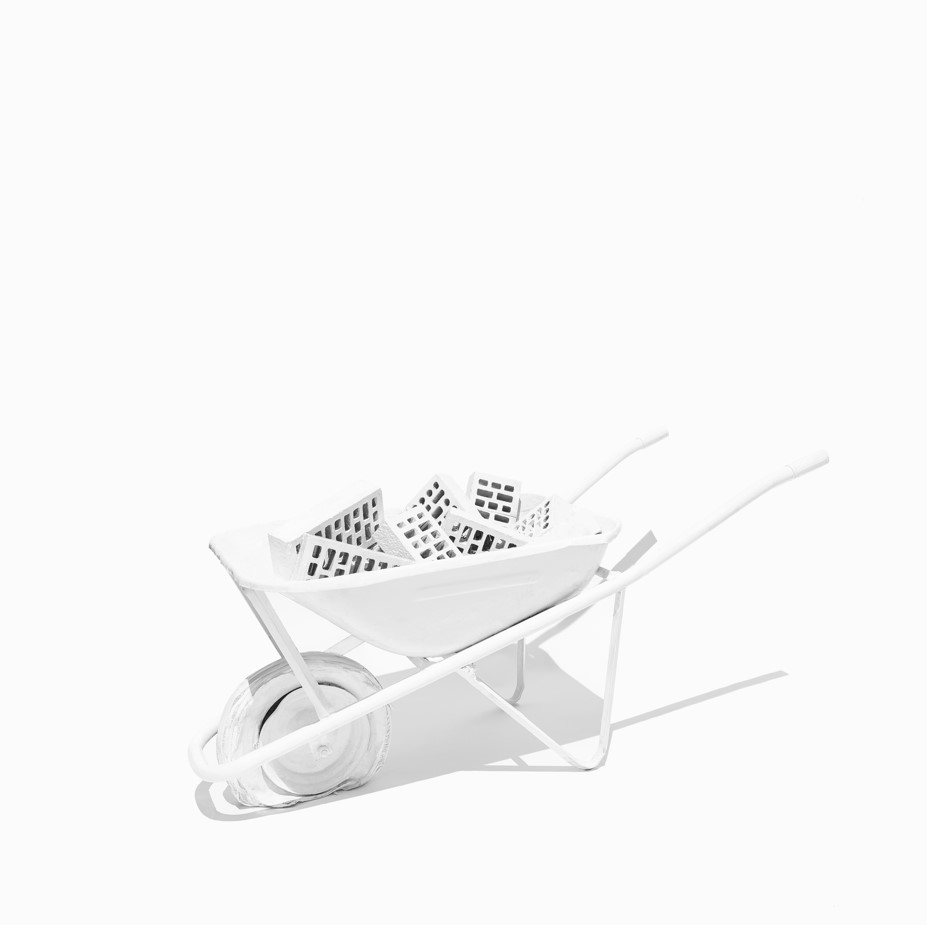
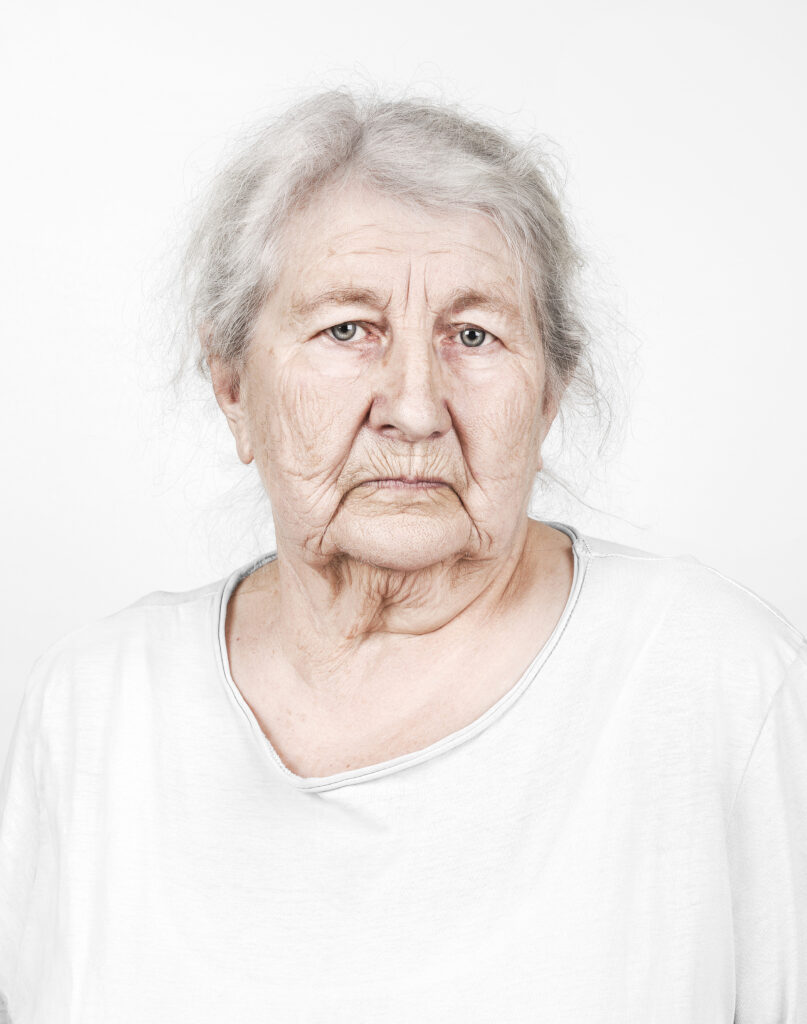
Through the creation of photographs, medical reports, personal psychology sessions and interviews, I attempts at understanding the reasons for my own deviant action. To extend intimate experience to a collective and social issue and to question my own experience in relation to that of others, the experience of ten people who have been judged to a court sentence after committing a crime is presented through a sound narration as part of the project. I would like to take this opportunity to thank asbl Résilience, asbl Apo and Mons Prison, thanks to them I have been able to collect the testimonies that are part of the sound work.
I also plan to continue exploring the world of cinema and think about a next short film in the coming months. I would like to talk about family, the one I grew up in and the one I am creating with my partner.
What does it mean to you to be a part of the Brussels queer community?
I must say that I have never had much trouble living my sexuality and sexual identity, even when I lived in Italy, which is a rather conservative country. At the same time, I must admit that experiencing the reality of Brussels and coming into contact with such a large and colourful community has further opened my eyes to some of the dynamics of society and made me aware of the possibilities I have here: for example, being able to ‘easily’ create a family with my partner and more generally on my role as a woman and queer person in the social and work context.
What are your queer influences?
Most of my influences do not belong to the queer world even though their work and in general the projects that interest me are always identity-related. To name a few authors:
Louise Bourgeois, Chantal Akerman, Sophie Calle, Cassils, Melanie Klein, Christian Boltanski, Michael Asher, Francis Alÿs.
These authors inspire me in different ways: from the use of one’s own body and history within the works, to reflecting on memory, from the impossibility of communication to activism, from understanding the psychology of the human being in childhood to curiosity about the behaviour of the adult, from the personal and intimate to the collective.
What Brussels queer initiatives are you fond of?
Everything that is queer performance and theatre – I have seen many interesting productions at Kunstenfestivaldesarts and Kaai Theater, the activities of ELC but also everything that is less institutional, such as Mothers and daughters, newer organisations like Vulcana and occupied spaces with politically engaged performances and exhibitions. The rest of the time you can find me in some contemporary art gallery or in bed.
You may also like
-

More Fun Than Monopoly, More Queer Than Scrabble
Join us every Sunday for a cozy queer board game afternoon in Brussels! This event
-

Heated Rivalry: Gay Desire, No Apologies
At first glance, Heated Rivalry looks like a provocation. Two professional hockey players. Rivals. Lovers.
-

Nicki Minaj’s Trump Endorsement Stuns Fans — Especially in the LGBTQ+ Community
When Nicki Minaj stepped on stage Sunday night at AmericaFest in Phoenix, Arizona — an annual rally
-

Kylie, Christmas, and Us
Christmas has always been complicated for queer people. Too loud or too lonely, too scripted
-

Cleopatra Superstar: Two Millennia Later, Still the Ultimate Icon
Was she a political genius or a seductive queen? A savvy ruler or a misunderstood

